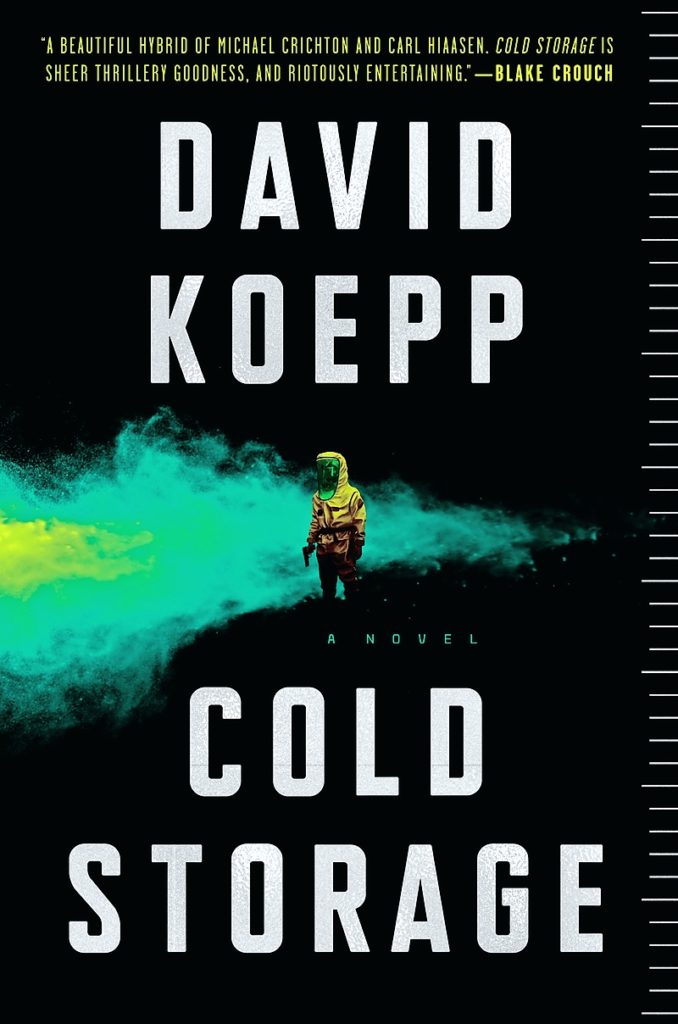Books | September 2019
By Naperville Magazine
September 2019 View more Books
By Allison Duncan

Sci-Fi Thrills
There’s a science to the art of building suspense. Think of the shaking cups of water in the early scenes of 1993’s Jurassic Park, disturbed by an unknown predator—later revealed to be a T. rex—coming closer. Or the lightning strikes at the beginning of 2005’s War of the Worlds that spark paranoia of potential devastation yet to come.
And if there is an academic approach to building suspense in these scenes, writer David Koepp has a PhD in the subject. He’s the celebrated screenwriter and director behind those big-screen blockbusters and others, like 2002’s Spider-Man and 1992’s Mission: Impossible, and his work has grossed over $6 billion worldwide.
This fall, the Midwest native transitions from the screen to the page with his literary debut Cold Storage, an infectiously fun and cinematic read about three strangers who must work together to contain a highly contagious, deadly organism.
The suspense builds early, when Pentagon bioterror operatives are sent to investigate a suspected biochemical attack in western Australia. Upon arrival, they come across a lone suitcase in the middle of the road 50 yards outside of town with no one and nothing else around it.
The contents are a highly mutative organism—described as a frothy green fungus at once “alive” and “visibly seething” and “swelling at the seams with ready-to-spread spores”—capable of extinction-level destruction. Koepp illustrates the organism’s evolution in such a visceral way that when it rapidly adapts to breach level A hazmat suits, you wonder what’s next.
But the threat is contained and later buried in cold storage deep beneath a little-used military repository. Decades later it evolves and escapes on its way toward world destruction that only Diaz and two unwitting security guards, one an ex-con and the other a single mother, can stop.
Readers will undoubtedly experience a few belly laughs, courtesy of Koepp’s astute sense of humor. Among the novel’s best qualities are the breakneck pacing, which primarily takes place over the course of one fateful night, references to the modern-day threat of climate change, and—of course—learning the fate of humanity itself.


